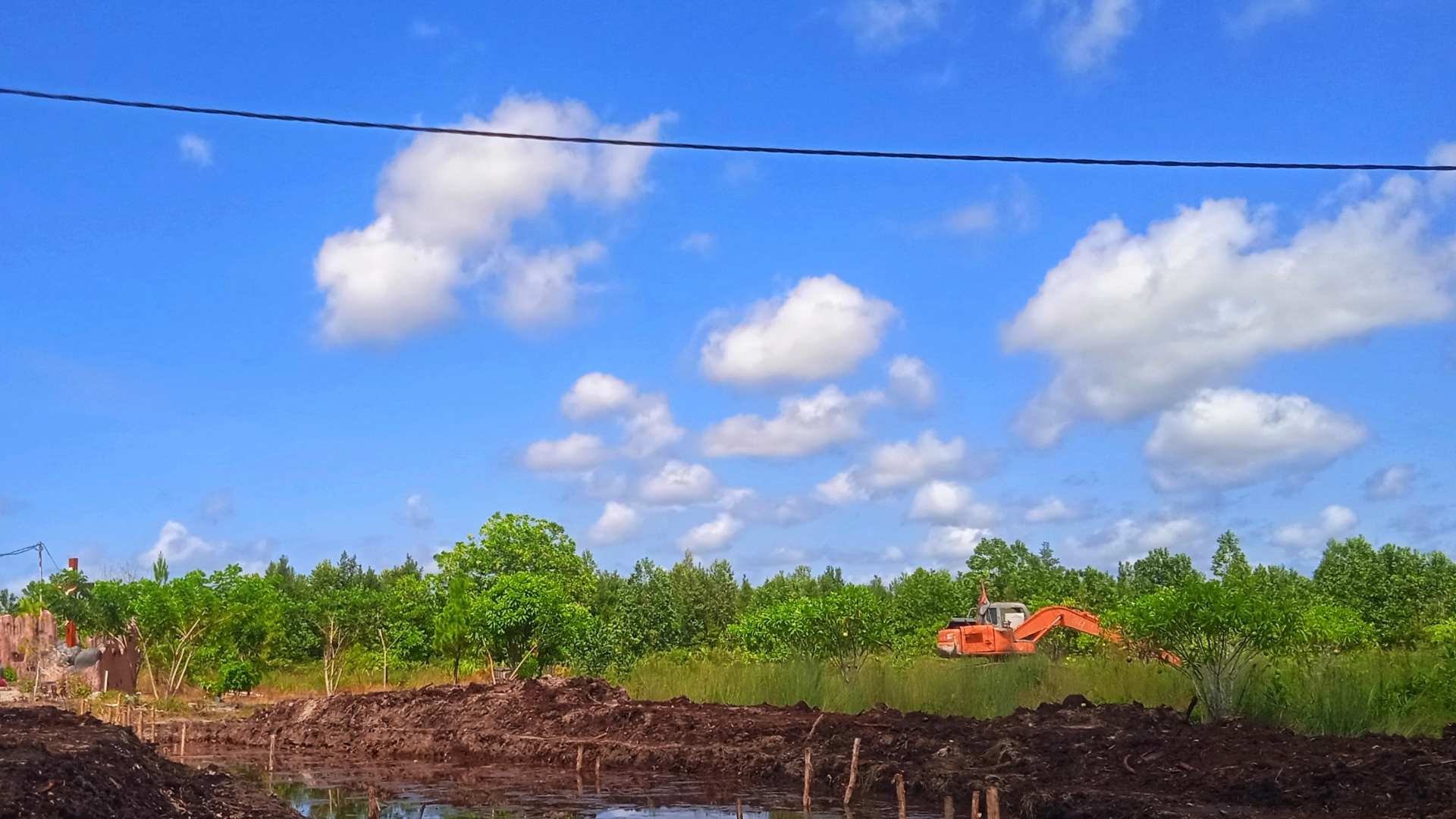Introduction
As Korea was battered by intense summer storms and rising floodwaters this week, one city stood out for its remarkable resilience: Daejeon. While neighboring regions issued flood alerts and reported water damage, Daejeon — a central Korean city traversed by three major rivers — experienced an unusual calm. Behind this seemingly lucky outcome lies a powerful story of preparedness and infrastructure: a comprehensive river dredging project completed just weeks before the storms hit.
This case has sparked national attention and has been hailed as a clear example of how river dredging can serve as a vital tool in flood prevention and urban water management.
What Is River Dredging?
River dredging is the process of removing accumulated sediments, debris, and silt from the bottom of riverbeds. Over time, rivers naturally collect materials that reduce their depth and water-carrying capacity. When this happens, especially in urban or flood-prone areas, rivers are less able to handle heavy rain or storm runoff, increasing the risk of overflow and flooding.
By dredging rivers, municipalities can:
- Restore the original water flow capacity
- Prevent water from spilling over the banks
- Improve water quality and habitat conditions
- Support infrastructure, such as bridges and dams, by stabilizing sediment levels
In essence, dredging acts like a reset button for rivers, making them more capable of managing extreme weather events.
Daejeon’s Preventive Approach to Flood Control
Daejeon’s geography makes it particularly vulnerable to flooding. The city is crisscrossed by three major rivers: the Gapcheon, Yudeungcheon, and Daejeoncheon. In the past, heavy monsoons and typhoons have led to riverbanks overflowing, disrupting transportation, damaging homes, and affecting businesses.
However, this year was different. In anticipation of the rainy season, Daejeon’s city government launched an extensive river dredging program earlier in the year. For several months, city crews and contractors worked to clear sediment and debris from key sections of the rivers, deepening channels and reinforcing embankments.
This work was completed just in time. When torrential rains swept across South Korea, nearby cities experienced serious flooding, while Daejeon remained relatively untouched.
The Role of Dredging in Daejeon’s Flood Defense
The effectiveness of river dredging lies in its ability to dramatically increase a river’s capacity to carry water. For instance, if a river is filled with sediment, its ability to channel stormwater is significantly reduced. Heavy rain can then cause the river to overflow. In contrast, a dredged river can absorb and redirect a far greater volume of water without spilling into surrounding areas.
In Daejeon, dredging allowed for:
- Increased flow capacity in the city’s main rivers
- Reduced flood pressure on embankments and nearby infrastructure
- Improved drainage and faster runoff handling
- Prevention of stagnant water, reducing the risks of waterborne diseases
City officials stated that had the dredging not been completed before the monsoon season, the damage could have been substantial. Their proactive approach is now being cited as a model for other cities across Korea.
Community and Environmental Benefits
The impact of dredging goes beyond flood prevention. Regular dredging of urban rivers also enhances:
- Public safety by reducing flood risk
- Water quality, by removing pollutants trapped in sediments
- Aquatic ecosystems, through better oxygen levels and cleaner habitats
- Urban aesthetics and recreation, by revitalizing riverfront areas for walking, biking, or fishing
Daejeon’s project included environmental oversight to ensure that the dredging did not disturb sensitive wildlife areas. In fact, local ecologists supported the dredging plan as it helped rejuvenate parts of the river that had become over-silted and stagnant, posing a threat to fish and plant life.
Dredging as a Climate Resilience Strategy
As climate change intensifies, cities worldwide are experiencing more frequent and severe weather events. In South Korea, the rainy season has become increasingly unpredictable, with short bursts of extremely heavy rainfall becoming more common. This trend puts urban centers — many of which developed alongside rivers — at heightened risk of flooding.
Dredging, along with green infrastructure, early warning systems, and updated drainage plans, is emerging as a key element in building climate resilience. Daejeon’s success highlights how traditional engineering methods, such as dredging, can deliver powerful protection against natural disasters when applied strategically.
Lessons from Daejeon: Why Proactive Dredging Matters
- Timely planning saves lives and property. Daejeon’s early investment in dredging helped the city avoid what could have been millions in flood-related damages.
- Routine maintenance reduces future costs. Regular dredging is more cost-effective than emergency repairs after a disaster.
- Collaboration is key. The coordination between city planners, engineers, environmental experts, and the public ensured that the project was completed on schedule and with minimal disruption.
- Visibility matters. As residents across Korea saw the difference in outcomes, Daejeon’s preparedness is now inspiring other municipalities to re-evaluate their flood control strategies.
Conclusion
The case of Daejeon stands as a timely reminder that river dredging is more than just maintenance — it’s an essential investment in safety, sustainability, and resilience. As the climate crisis intensifies, cities worldwide must consider the long-term benefits of proactive dredging programs to protect people, ecosystems, and infrastructure.
In a season of widespread floods and rising waters, Daejeon stayed dry. The excavators may be quiet now, but their work speaks volumes.
